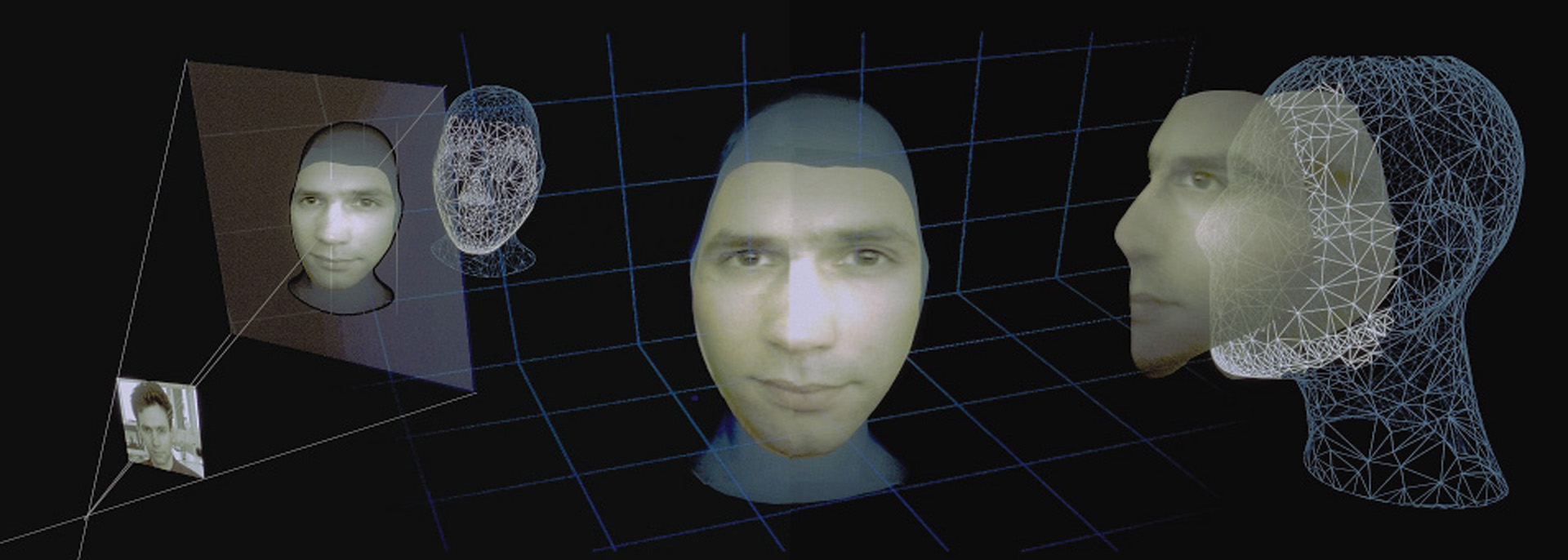“Virtual Head” by Brenner
Conference:
Experience Type(s):
Entry Number: 24
Title:
- Virtual Head
Program Title:
- Enhanced Realities
Organizer(s)/Presenter(s):
Collaborator(s):
Project Affiliation:
- Echtzeit GmbH
Description:
Virtual Head is a new approach that enhances communication in virtual environments and telepresence. It tackles one of the key problems in the field of innovative telecommunication technology: how to represent oneself in virtual environments in such a way that an emotional and natural way of communicating with others is possible?
The Virtual Head conferencing prototype renders three-dimensional images of every communication partner in real-time. It establishes eye-to-eye contact among the communication partners by projecting live-video textures onto 3D geometry of a head. The application translates the head movement so that video- images show the original movements. Compressed video and audio information is exchanged via a high-bandwidth network to establish a remote conferencing scenario. Video and audio are decompressed on both sides, and the images are projected onto a screen.
This approach uses original face images with all their facial expressions and tries to transport the main factors of human communication such as line of gaze, which indicates attention and significantly drives a conversation. According to psychologists, most of the information we remember after talking with somebody is non-verbal. Improving technologies for visual communication that includes a more ?emotional? way of meeting each other in virtual environments will become possible with high- bandwidth networks in the very near future.





